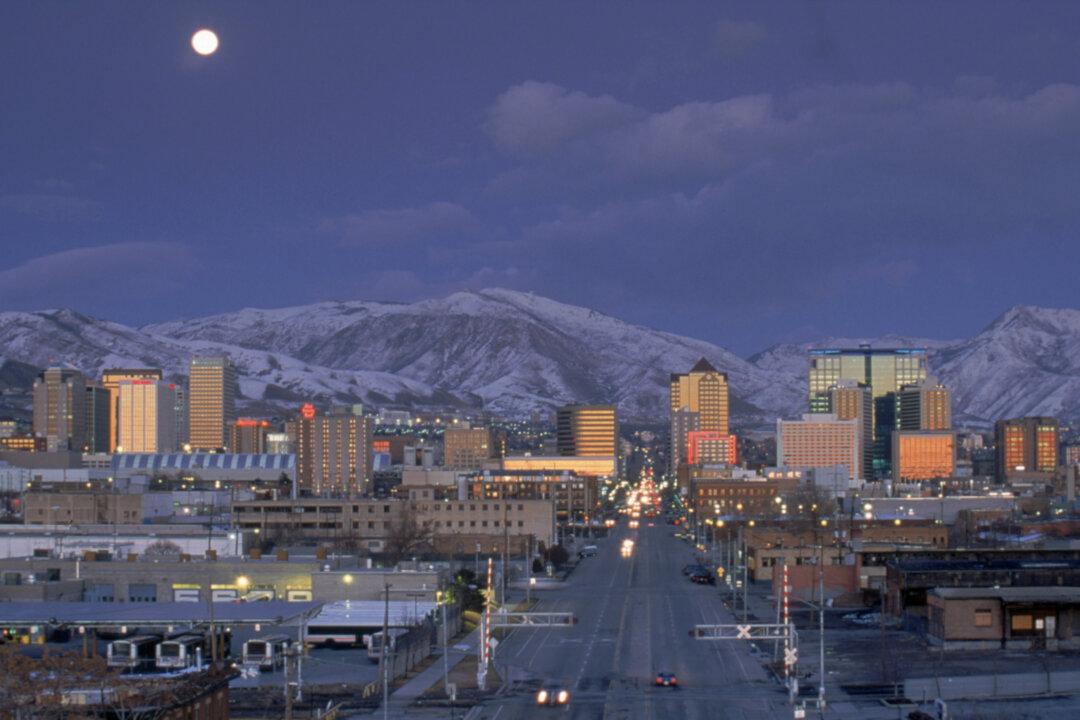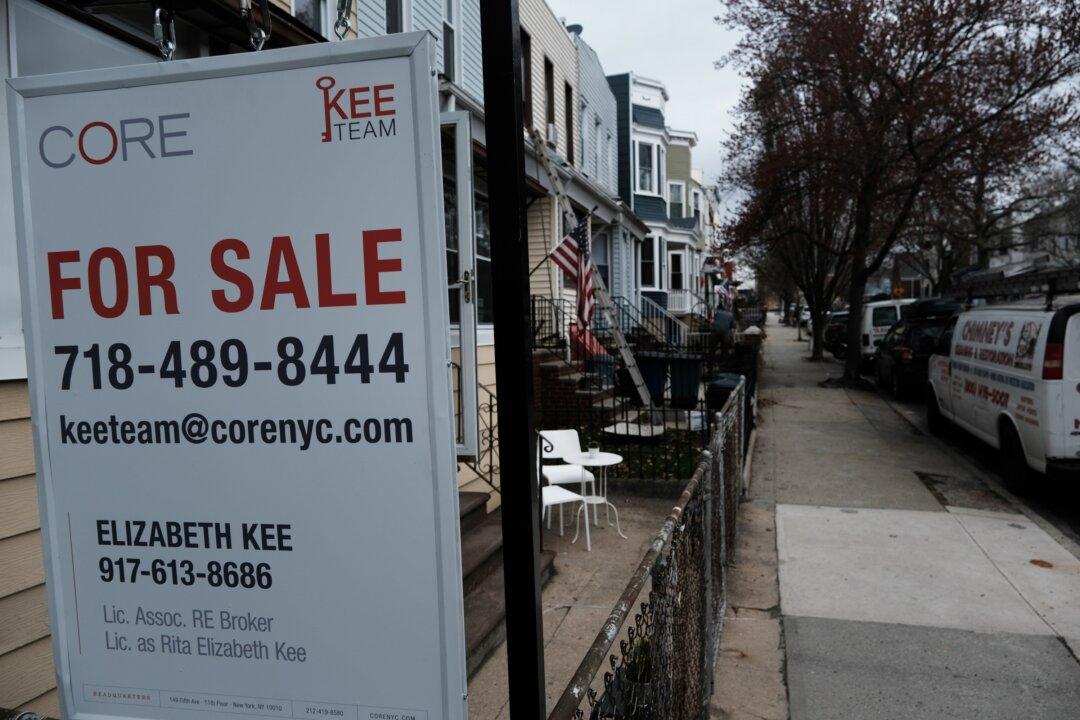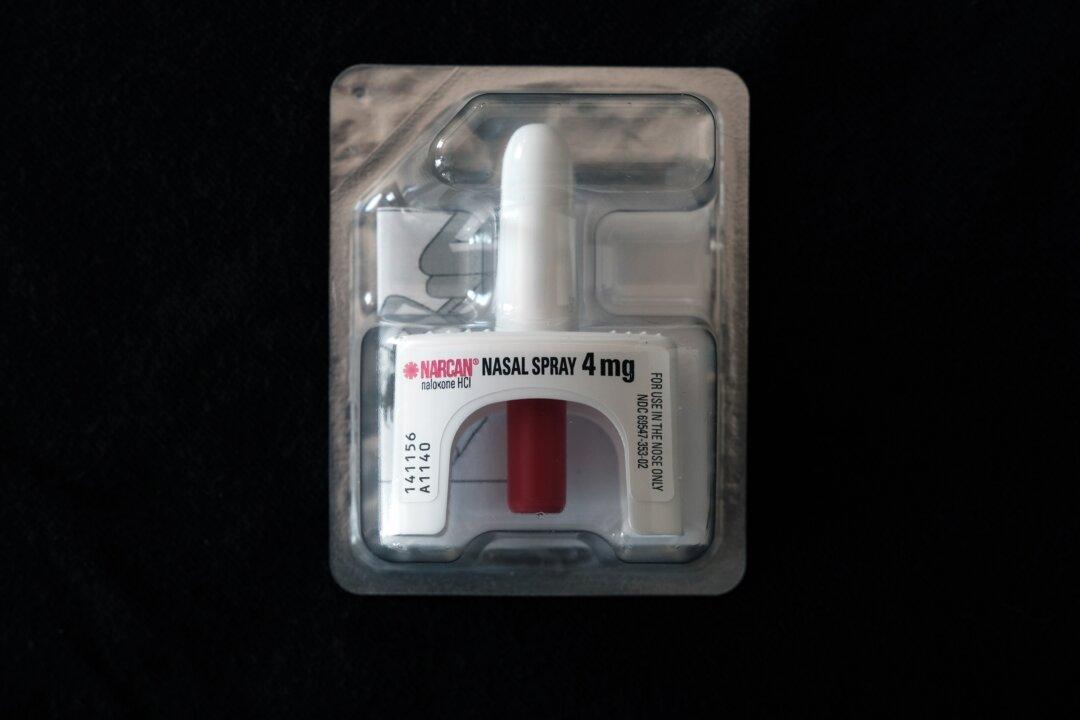Detroit, Michigan, is the most economically disadvantaged city in the United States, followed by Brownsville, Texas, and Cleveland, Ohio, according to a new report from Wallethub.
These cities are characterized by high poverty rates, high unemployment, food insecurity, low access to computers or the internet, and a large share of delinquent debtors, according to the report’s findings.





